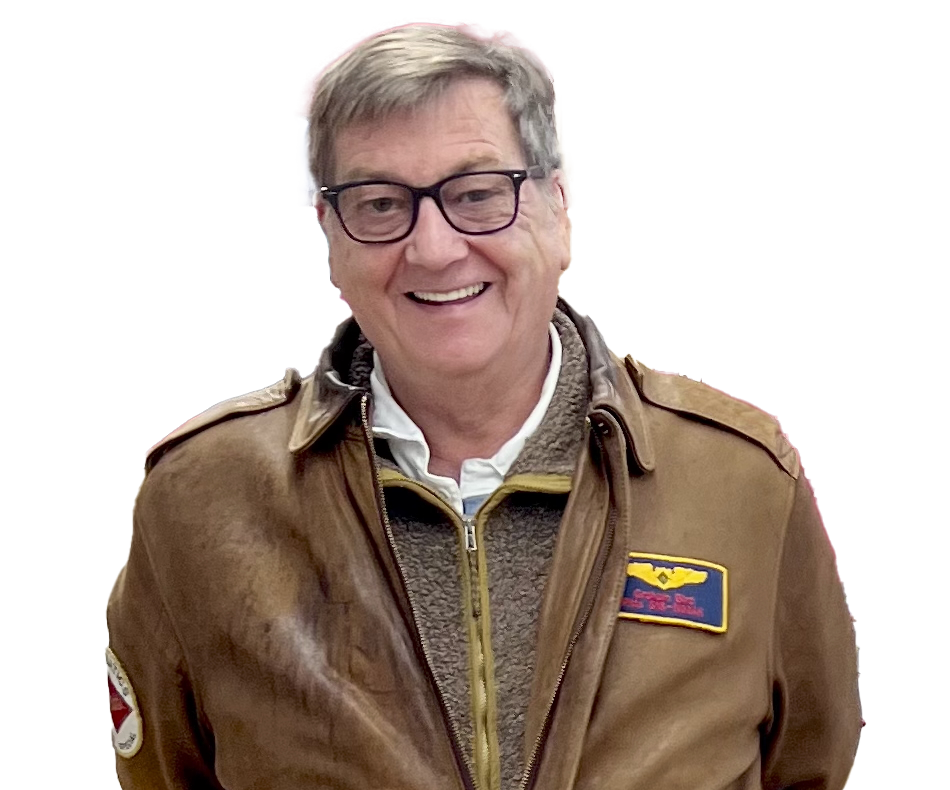Once you get into production mode, it’s easy to have a bunch of projects and folders that can be confusing and difficult to keep track of. If you have multiple people using your Magnify2, or multiple Magnify2s, the high resolution macro imaging workflow can be even more challenging. Also, there are many different processes and software programs that work in tandem to produce the final image and make it web accessible. Each needs to be correctly applied at the appropriate stage.
Current Best Practices
We recommend organizing your data into a system of folders to help keep track of each project’s status in the workflow, and that enables anyone authorized to check on what is ready to image, what to stack, ready to stitch, and so on.
1. Use a separate disk to store your data if possible. An external USB drive will do fine but ideally you will want to install an internal hard disk or, for more security of data, a RAID5 (redundant data protection) disk array.
2. Update the default project data location settings in the GIGAmacro capture if you move the location of the data projects folder. You do that by clicking the ‘System Settings’ button and scrolling until you find the path setting for the default project; then choose your new location and save the settings. The System Settings button and the appropriate settings to change are bounded by red boxes.
3. Organize your folders into the following structure.
In your g_projects folder (by default a folder on your desktop)
- g_projects/Capture
- g_projects/ToStack
- g_projects/ToStitch
- g_projects/ToRetouch
- g_projects/ToTile
- g_projects/ToFTP
- g_projects/ToBackup
4. As you post process each project, move it from folder to folder as each step is achieved to keep organized until you are ready to publish to the web.
Input on New Workflow Management Program
We’re currently building a workflow management application that will make the entire process dramatically easier and efficiently manage large amounts of data and projects.
The workflow manager will do the following:
- Automatically add a new record and metadata to the database (stores data about your projects) when a capture is complete. The record will be stored as a working draft and not made public until you are ready.
- Manage the stages of the post-processing of your projects including stacking, stitching, retouching / editing, tiling, file upload, and backup.
- Setup batch post-processing queues for your projects and start / pause / stop them as needed.
- Continue to update the database record as it moves through each of the post-processing stages.
As we continue to evolve our workflow and (sneak preview) we expect, in the medium term, to build all these functions into the workflow management system that will be very useful in high volume, large project installations. But of course it will work for lower volume use too. And it helps with organization and control in all cases!
We’d also like to hear YOUR views on these suggestions and get your input about your needs and requirements for workflow management. In due course (that means not yet, and at this writing we are at V83 of GIGAmacro Capture) each of these stages will be tracked in the Workflow Management application and saved in the database. The intent is that you will be able to manage the whole workflow by simply looking at the status of a project and see each stage through to when the project is complete and ready to publish on the web. At that stage you will simply have to mark it as ‘Public’ and add any additional metadata beyond what is automatically collated during the workflow. All the metadata captured and collated during the project workflow will automatically be added to the database at the appropriate stage.
Tell us your thoughts, ideas, requirements, and let us know how we can help make this an amazing new software addition for you to use in your work.

Graham has worked as a business and marketing leader in high technology, aviation and not-for-profit large and small organizations.
He jumped out of corporate life in 2007 to ‘have more fun’ and does so helping small companies with strategy, business, and marketing as well as traveling and making pictures.
He loves working with smart groups of people to solve challenging problems.
Gadgets of all sorts (especially anything to do with aviation and flight) and photography have fascinated since early childhood. He is also an accomplished photographer who exhibits regularly and a former competition aerobatic pilot.
Graham is a transplanted Brit (hence the humo(u)r) who moved to CA in 1996. Now in Oregon via North Carolina (grandchild chasing)
He is a retired Fellow of the Chartered Institute of Marketing and a Chartered Marketer.
You can find him on LinkedIn please connect with him there.







